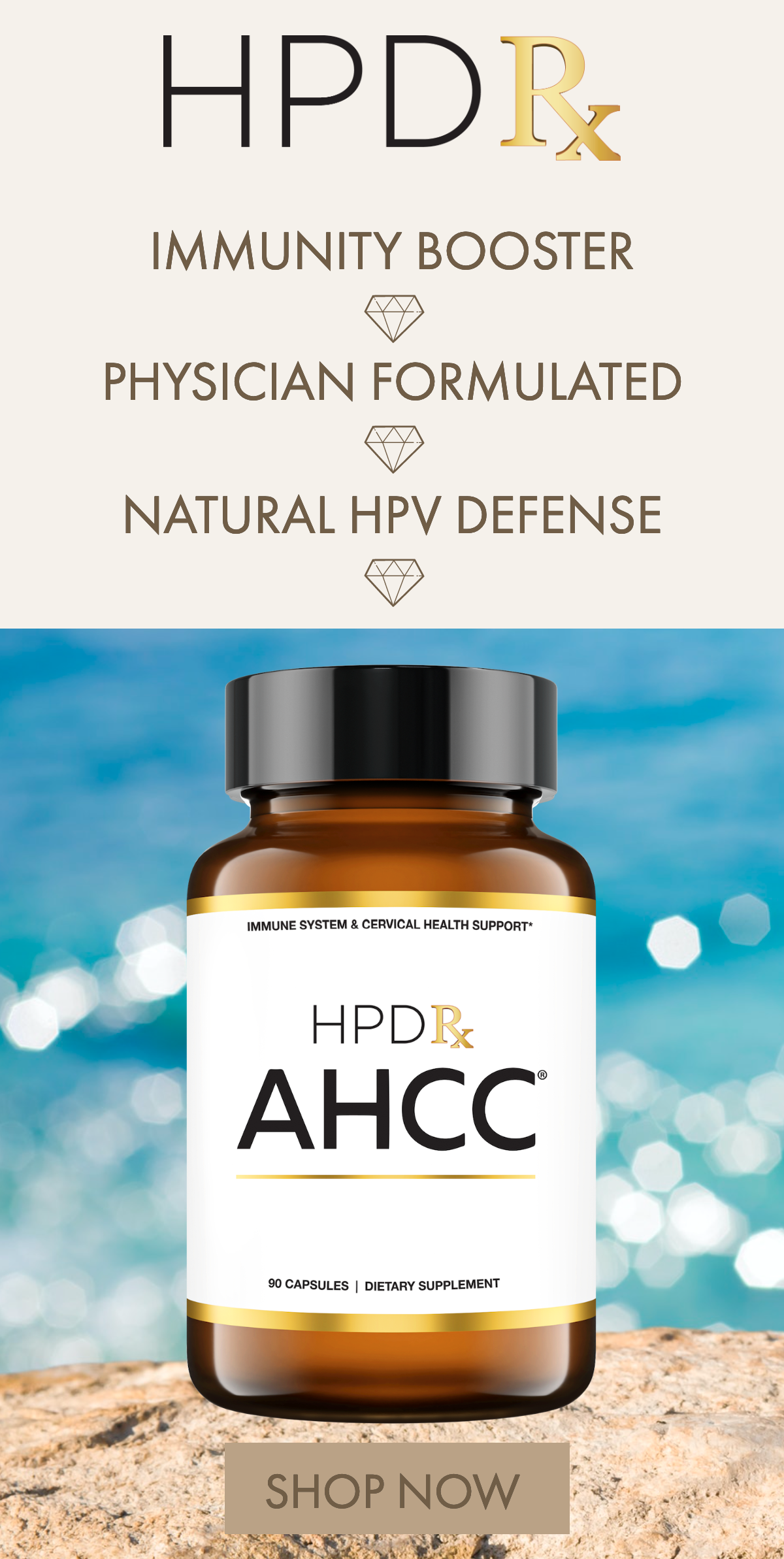
Overview
The human papillomavirus, commonly known as HPV, is a widespread sexually transmitted infection (STI) that affects people globally. The Centers for Disease Control and Prevention (CDC) estimates that approximately 40% of Americans carry this virus, making it one of the most common STIs in the world.
Understanding HPV
HPV is a virus that can be transmitted from one person to another through sexual contact or skin-to-skin contact in the genital region. This virus primarily affects sexually active individuals between the ages of 15 and 59. However, exposure can lead to infection at any age. HPV typically infects the genital area (e.g., penis, anus, vagina), but it can also infect the throat and the skin on various parts of the body.
For the majority of people infected with HPV, the body’s immune system will eliminate the virus within 6 months to 2 years. Men tend to clear the virus more quickly than women.
Recognizing HPV Infection Symptoms
HPV has various strains, which can be classified into two primary categories:
- Low-risk HPV strains – These strains do not cause cancer but can lead to genital warts or skin warts. These warts may have different appearances (e.g., flat, sessile, cauliflower-shaped, clustered)
- High-risk HPV strains – These strains can cause specific types of cancer. The most common cancer associated with high-risk HPV is cervical cancer in women. However, they can also cause other HPV-related cancers, such as throat, penile, and anal cancer.
In most instances, individuals with an HPV infection are asymptomatic. Differently put, they do not experience any symptoms for weeks, months, or even years. Consequently, it can be challenging to pinpoint the exact time of infection, as the virus can lie dormant in the body for an extended period and only become active due to a weakened immune system.
Detecting an HPV Infection
For women, a method called Co-testing can be used to detect an HPV infection. During a Pap test, a sample is taken from the cervix to check for the presence of HPV. If the test is positive, the patient undergoes closer monitoring because. In most cases, the body naturally eliminates the infection.
If the infection persists beyond a timeframe determined by a healthcare professional, the infected cells may be removed to prevent the development of cervical cancer.
In contrast, there is no FDA-approved screening method for men. If an HPV infection is identified in a man, the typical approach is to wait for the body’s immune system to resolve the infection on its own, as this does not alter the infection’s progression.
Sometimes, your healthcare provider may perform an anal Pap smear when an HPV infection is suspected. It is essential to consult a primary care provider to determine if this test is suitable for your specific case.
If any of the following symptoms are present on the penis, scrotum, mouth, throat, or anus, it is crucial to schedule an appointment with your healthcare professional:
- HPV Warts or lesions
- Abnormal growths
- Unusual nodules
- Persistent or difficult-to-treat pain
According to the American Association for Sexual Health, some HPV-related cancer statistics include:
- 40% of HPV-related cancer cases occur in men
- Each year, HPV causes approximately 13,000 cancer cases in men, including 10,000 throat cancers, 2,000 anal cancers, and 800 penile cancers.
How can one protect against HPV infection?
Preventing HPV infection is of utmost importance, and there are two primary methods to achieve this:
- Condom use – While employing a condom does not guarantee 100% protection against HPV infection due to potential skin-to-skin contact, it remains a vital preventive measure. Using a condom can help minimize the risk of not only HPV infection but also numerous other sexually transmitted infections.
- HPV vaccination – Obtaining the HPV vaccine is especially effective when administered at a younger age. The FDA has approved vaccination for both males and females between the ages of 11 and 12. However, it can also be given to males up to age 21 and females up to age 26, or even later in certain cases. The effectiveness of the vaccine may wane over time and with increased exposure to the virus. In other words, a greater number of sexual partners is associated with a higher risk of infection. Importantly, the vaccine is most effective for individuals who have not yet encountered the virus and can offer protection against both low-risk and high-risk HPV types.
Understanding the HPV Vaccination Process
For those who receive their first HPV vaccine dose before their 15th birthday, only two doses are necessary to complete the series. However, if the initial dose gets administered at the age of 15 or older, three doses are needed to finish the vaccination series.
Is Testing Needed if My Partner Has Been Diagnosed with HPV?
The answer to this question is contingent upon your gender. If you are a female and your partner received the diagnosis of HPV, it is vital to undergo the Co-test, which allows for closer monitoring and reduces the risk of developing cervical cancer.
Conversely, if you are a male and your partner has been diagnosed with HPV, you should remain vigilant for any of the aforementioned symptoms. If you experience any of these symptoms, consult your primary care provider immediately.
In a monogamous relationship, the likelihood of infection may decrease as the body generates antibodies for the specific HPV type affecting the couple after the virus is resolved.
Nonetheless, this does not mean that antibodies will be produced for other HPV types to which the individual has not been exposed. One nearly foolproof method of avoiding infection is abstinence, but this may not be a practical option for many people.
Takeaway Message
Early detection plays a critical role in saving lives. Emphasizing prevention through the use of condoms and the HPV vaccine can significantly reduce the risk of infection.
In cases where a partner has been diagnosed with HPV, make sure to monitor for symptoms and consult a healthcare professional as needed. By taking these steps, you can safeguard your health and help limit the spread of this pervasive infection.






